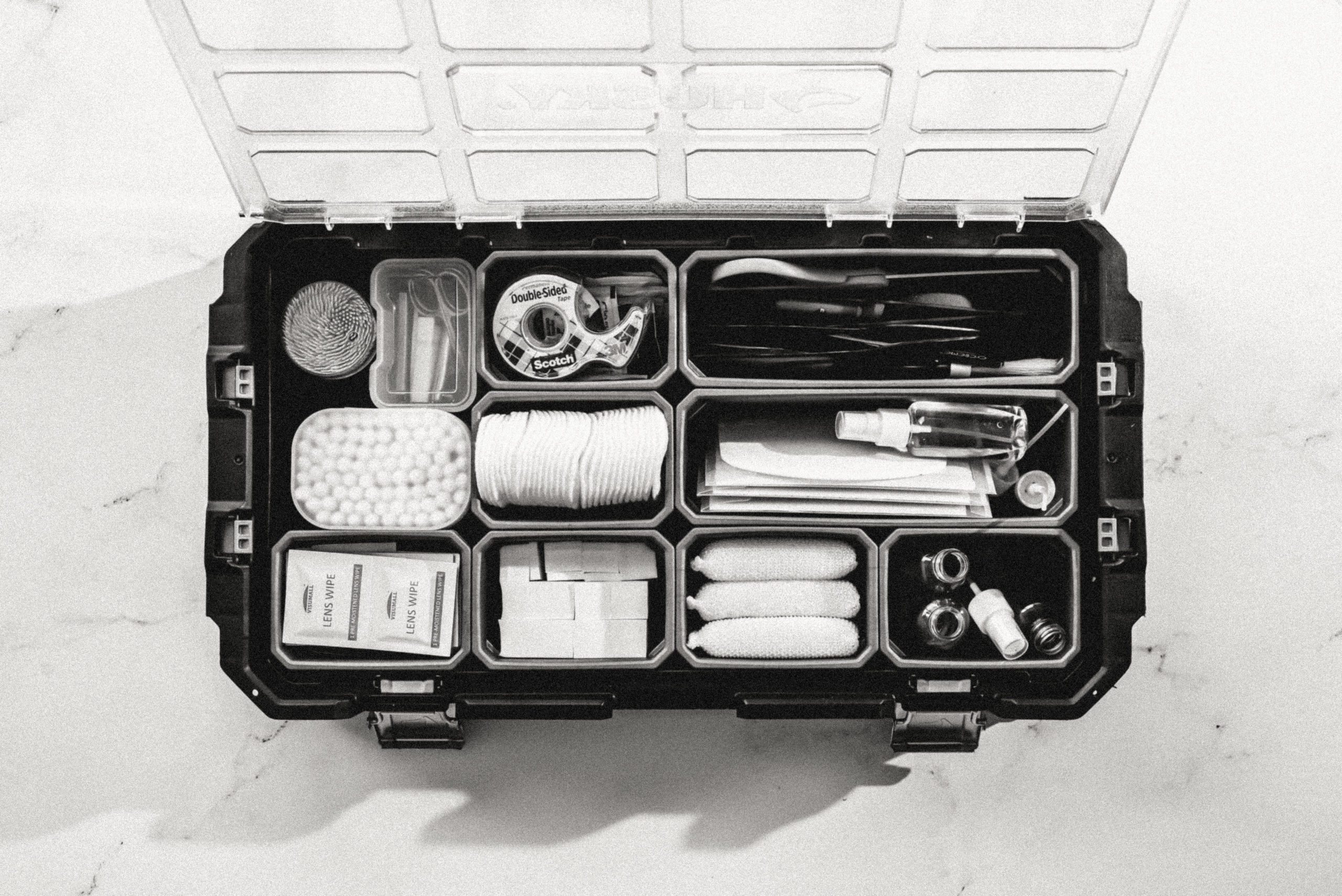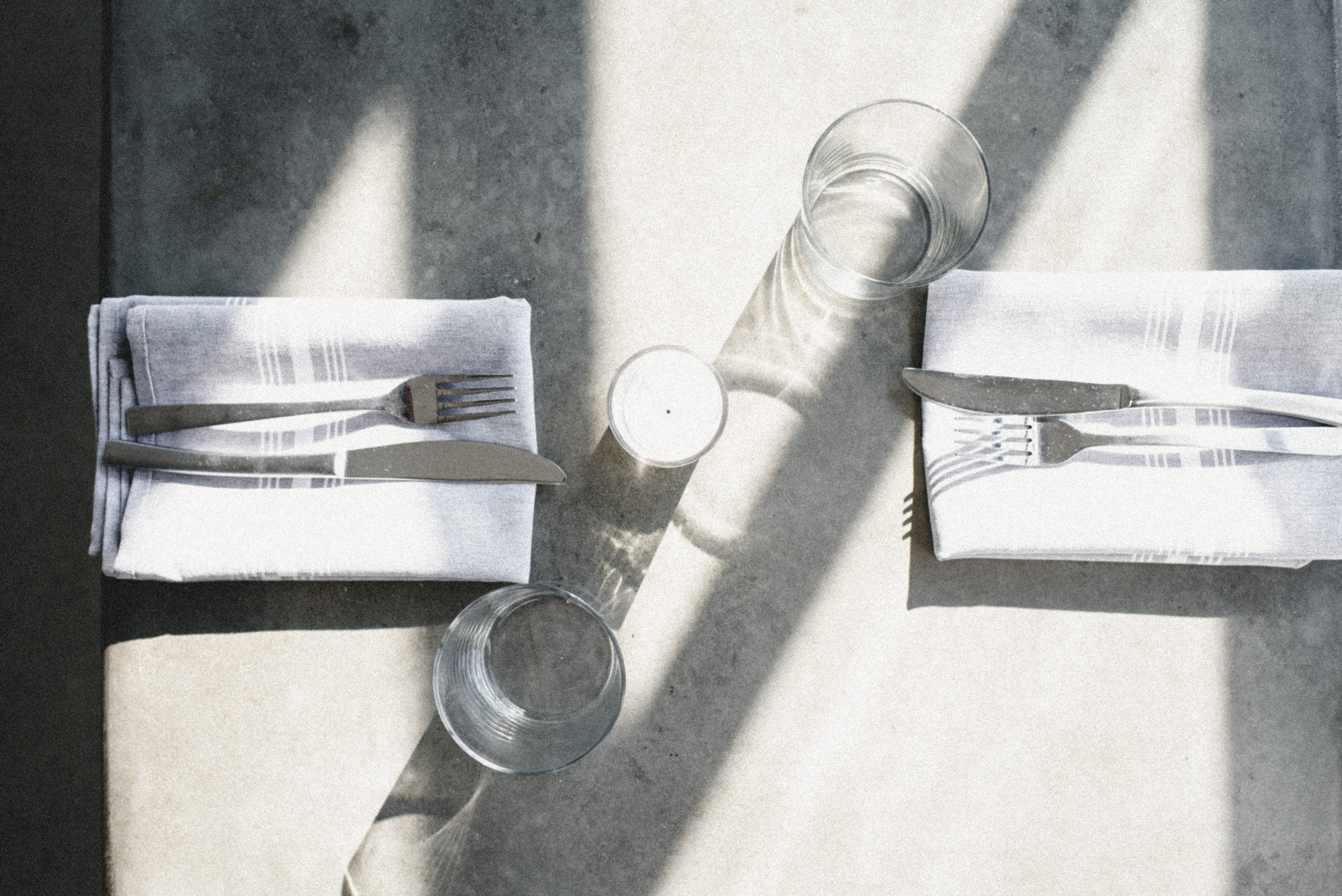How I Became A Commercial Food Stylist:
While this list may not be a true step-by-step tutorial on How I Became a Commercial Food Stylist, and rather, a concept—I think valuable food for thought is more useful than a roadmap. Everyone’s path is different, but these sentiments are what will help forge your way toward your dream career as a commercial food stylist.
Honestly, these factors can even apply to more than just food styling; I feel that they ring true for any creative field, really. So, let’s chat about how I got started!
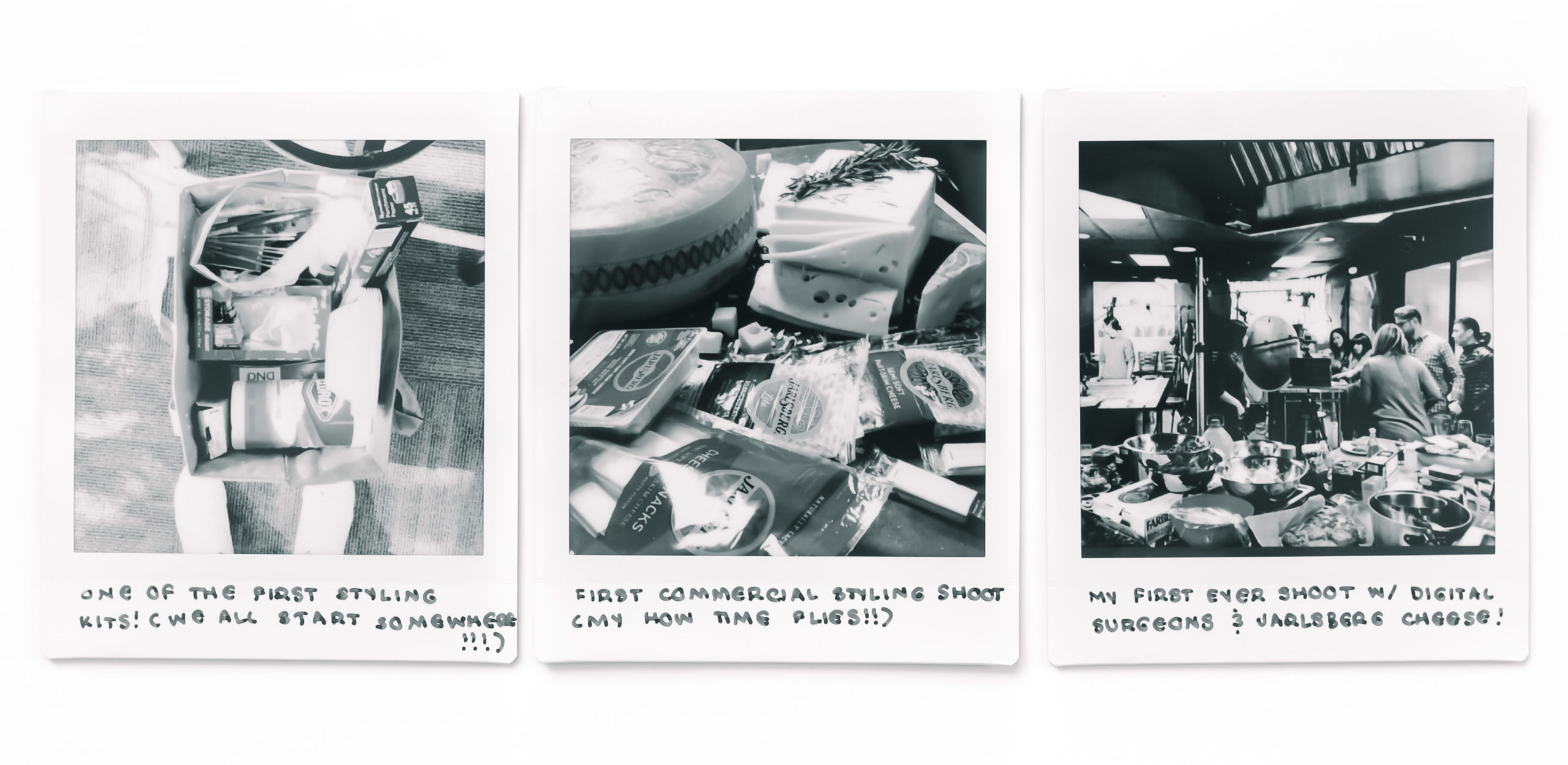
1. I had the courage to begin.
Ah, I still remember it like it was yesterday… probably because it was pretty close to yesterday. I started only a few years ago. A photographer friend (thank you Zach Popadin) shared a post from another photographer in search of a food stylist. At the time, I took my own images of food simply because it was fun.
I responded to Zach’s post, saying something to the effect of ‘I am SO not qualified for this.’ But Zach told me to go for it—so I decided to take a deep breath and give it a shot.
I can still feel my nerves, sitting in the Trader Joe’s parking lot as I hopped on the phone with Steve Walter, freaking out about it. I was transparent when I told him ‘I don’t really know what I’m doing, but I am willing to learn and try, and give it all I’ve got.’
Steve thanked me for my honesty, and before I knew it, I was off gathering allll the things for my first major shoot for Jarlsberg Cheese.
“The beginning is the most important part of the work.” – Plato
2. I learned through my mistakes.
And trust me, I made A LOT of them. However, I did my best not to dwell. (Funny enough, Steve has a [Tuesday Tips] on the subject.)
I figured that I could either spend time reviewing all the things I did wrong and linger on it, OR I could utilize that time to learn from the scenario and adjust accordingly moving forward.
Eventually, you get to a point where there straight up isn’t enough time to focus on the negative; it’s simply not productive. Unless you’re observing how you react so you can catch onto your own behavioral patterns in an effort to make a change. Dwelling on the negativity is pointless.
In other words, I do my best to take care of my mental health, since failure is inevitable. I think a lot of people give up too quickly on their dreams because there is a facade that a person just becomes what they are overnight. And that’s so far from the truth. It takes time, and experiences, and the will to get up and try again.
“We are products of our past, but we don’t have to be prisoners of it.” – Rick Warren
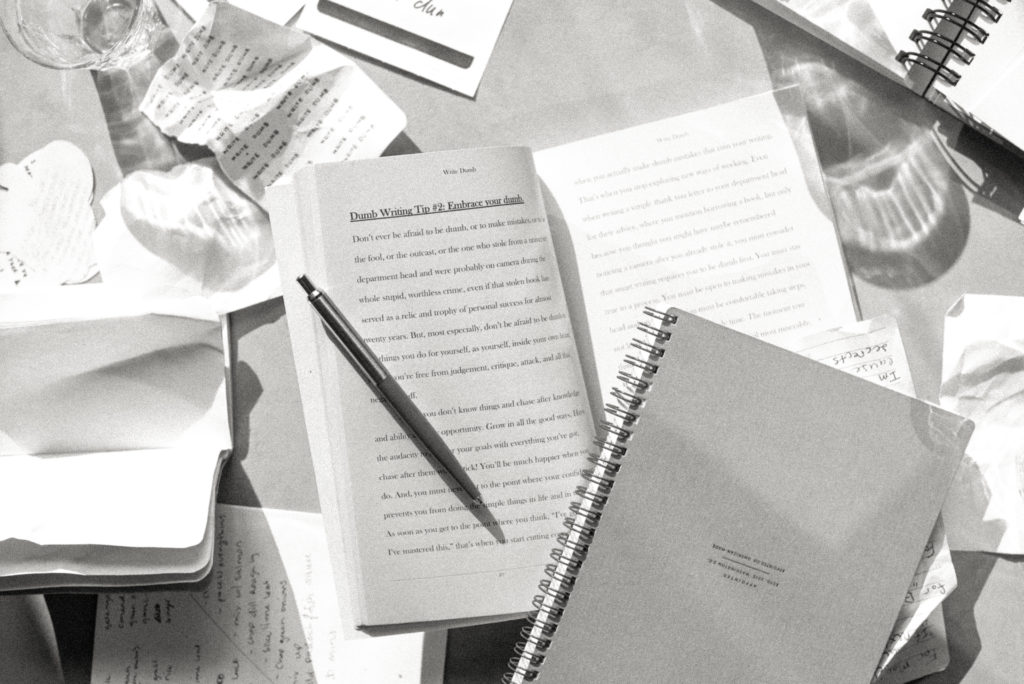
3. I continue to value my connections.
In my mind, every connection is treated like a relationship. Not all connections have to do with being a commercial food stylist. And not all connections have the same amount of depth, however, just like watering your own grass to make it greener, it’s all about which relationships we nurture and why.
I focus on people I click with. I respect and admire plenty of people in the field, but with some people, it feels mutual, and more like a give and take. That’s where I focus my energy. Good people = good energy. It’s a simple concept, but it’s important.
Taking the time to consider which relationships are worth nurturing is key when you’re starting a new journey or creative project. I often notice with myself (and others) how easy it is to get into the habit of working with people they don’t like or agree with. Even though it bogs them down they still do it—which can create tension and resentment (aka a not-so-healthy environment).
I learned that I can still value connections and relationships without having to take on every project under the sun just because I know the person. For the times that don’t flow as smoothly, I try my best to look at the silver linings, and how these experiences shape me for the better. And when you adopt that mindset, every connection is valuable.
“We do not learn from experience… we learn from reflecting on experience.” – John Dewey
4. I stay on my toes.
If you’re passionate about something, you will do whatever you can to continuously grow. For me, staying on my toes—or staying alert, and ready for anything—is the best way to learn more about my field and my craft.
One of the lessons I cherish the most throughout my journey as a commercial food stylist was learning to make something out of nothing. SO much of what you see is a combination of meticulously planning, partnered with a lot of improvisation.
Truth is, you plan everything you can possibly imagine, but you’ll still run into things that need changes, or tweaks or need revision in general. Quick-thinking and adaptability is a must.
Through those ever-changing experiences, I learned to dance—metaphorically speaking, of course. Each rather random solution, and every failed one, helped me to realize that it can possibly link to helping a different situation in the future.
I try to remain as open-minded as possible. Not only does it keep me young, but it continues to open doors.
“I have not failed. I’ve just found 10,000 ways that won’t work.” – Thomas A. Edison
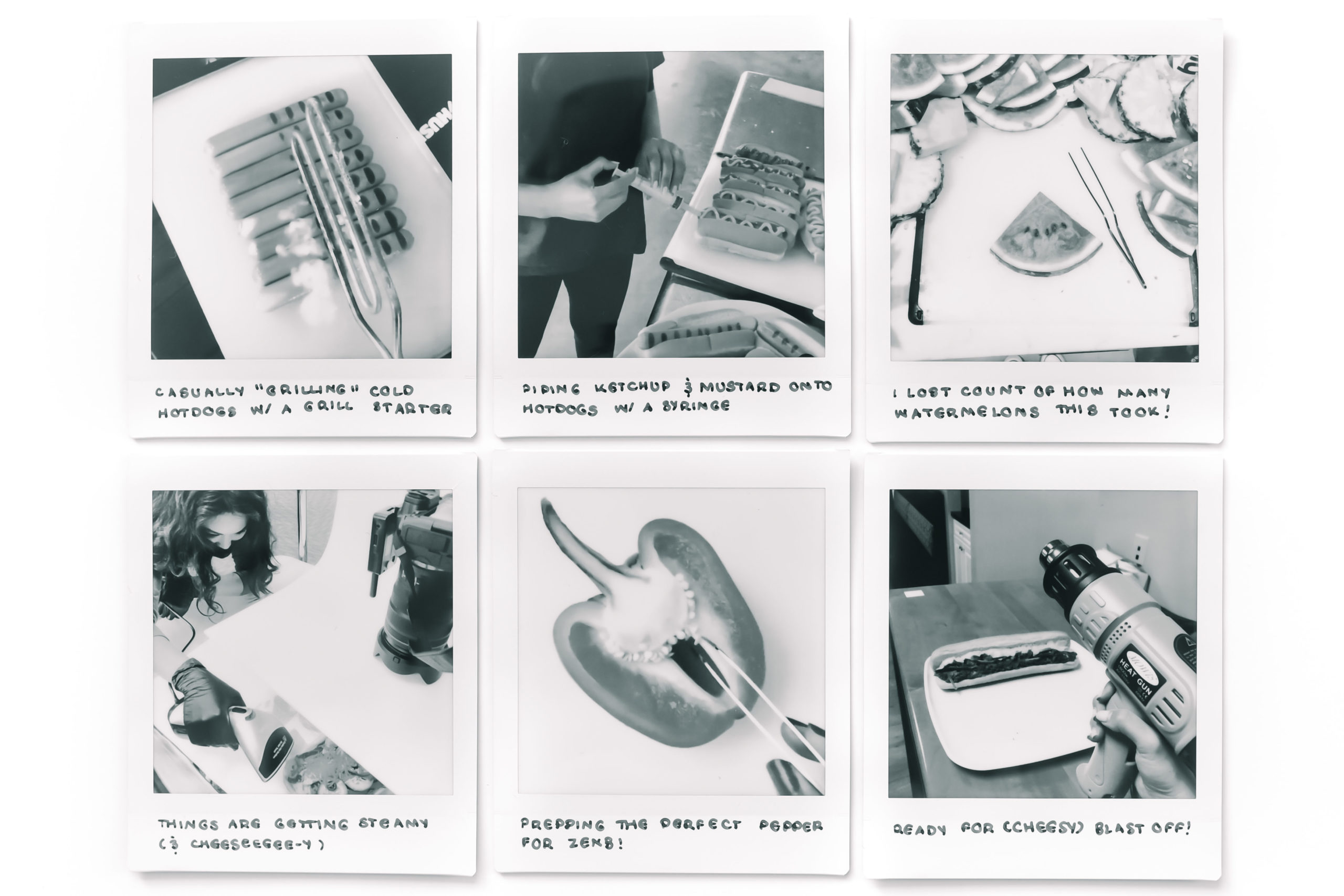
5. I study in my down time.
Whenever I am not on set, I continue to learn as much as possible. I truly have a love for what I do, and it doesn’t always feel like ‘work’ to me. Some may even say I’m obsessed… However, if there’s a client in search of a skilled person, do you think they would rather hire the person who works on occasion, or the one who lives and breathes it? Which one do you feel will have more attention to detail?
(We both know the answer to that question.)
That said, I love to read, to observe images, to analyze both verbal and non-verbal communication styles; I view so many things as learning opportunities, even if not directly related to food styling.
I take classes that interest me, and I try to take everything with a grain of salt to form my own understanding and concepts. In other words, I fuel my soul, which can then help others down the line.
“You must aim high, not in what you are going to do at some future date, but in what you are going to make yourself do today. Otherwise working is just a waste of time.” – Edgar Degas
6. I try not to compare.
You can focus on other people’s paths and successes, and follow their methods to a T, or you can celebrate your own victories with people you’ve had the opportunity to meet along your journey.
Instead of comparing myself to others, I focus on thinking outside the box. We’re so conditioned to believe that there’s only one way to achieve success, but there are so many paths to take; not just a singular ‘right’ or possible way.
There are multiple methods to success, for different types of people, at various times of life—and that’s okay! In fact, it’s more than okay; I think it’s great. You never know when just the right timing can lead to somewhere unpredictable, but life-changing for the better. You might not know when you will run into someone who has a friend, who has a friend who… (I think you get the idea).
There is so much to learn from the unpredictability of our lives, which means there is a lot of depth we can build with ourselves and our relationships with others. Placing community before competition is far more rewarding than anything else—and if you spend too much time comparing your worth to others’ you’ll miss all the best parts of the journey.
“A creative man is motivated by the desire to achieve, not by the desire to beat others.” – Ayn Rand
7. I pursue my own style.
My experience taught me that it’s important to decipher your own “style” or what moves you and persuades you. Understanding yourself will help you understand other’s interpretations of you. This can benefit you in the future, in terms of communicating ideas, showcasing your range, and letting the client know you understand where they are coming from.
Projects should feel collaborative, and it helps when everyone on the team knows what they are doing – respective to their own style and roles – for the sake of time, and the betterment of the outcomes.
“Originality is the essence of true scholarship. Creativity is the soul of the true scholar.” – Nnamdi Azikiwe
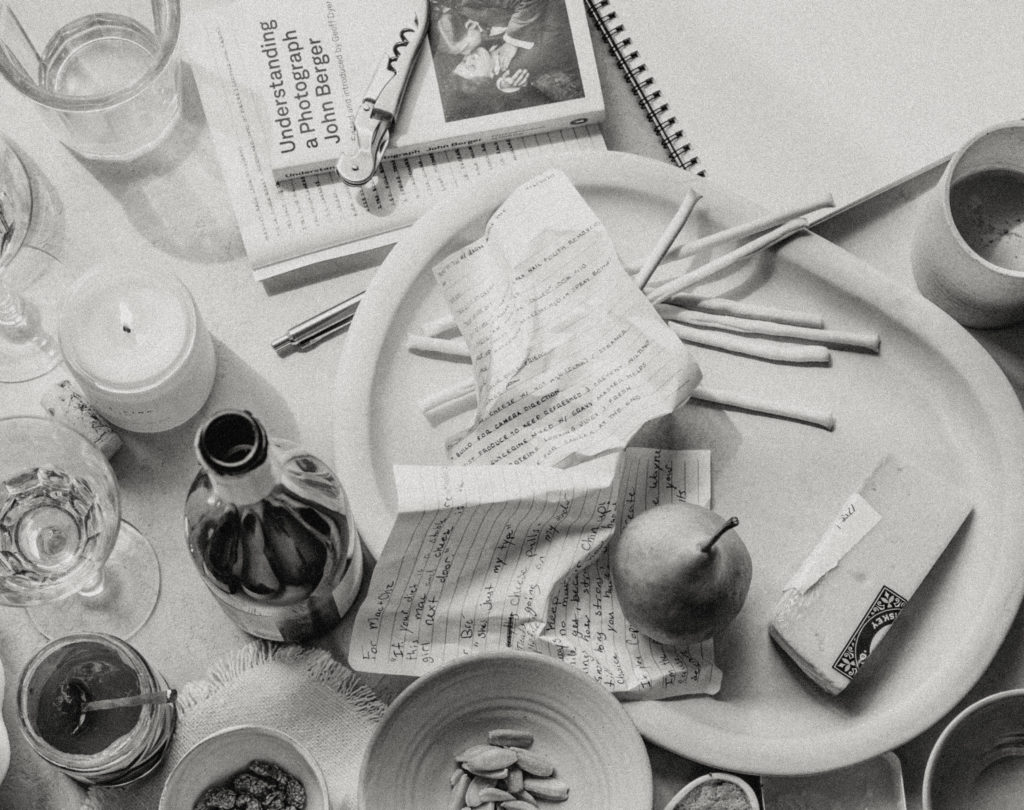
How I became a commercial food stylist has been one of the most fulfilling journeys I’ve ever taken—and I’m so glad that it’s only beginning. If you’d like to come along for the ride with me, make sure you’re subscribed and following along on Instagram!
Click here to save this post for later on Pinterest, or here to browse my favorite recipes I styled!
